Pump cleaning function in ABBs water and wastewater drives helps prevent damage to the wastewater pumping operations.
The Sewage Treatment Plant for Research and Education Das Lehr- und Forschungsklärwerk (LFKW) at the University of Stuttgart in Germany is a facility for wastewater and wastewater treatment, and a platform for education, research and demonstration. A place where scientists can test new processes for wastewater treatment in a comprehensive and practical manner. LFKW treats wastewater from the Stuttgart suburbs of Lauchhau, Büsnau and from the northern area of Vaihingen and large parts of the Vaihingen-Pfaffenwald university area. The volume of wastewater treated annually is around 800,000 m³. The pollution load supplied corresponds to a volume of approximately 10,000 inhabitants.
The pump in use at LFKW recirculates wastewater with activated sludge from the aeration tank to upstream denitrification. The solids content in the aeration tank ranges from 4 g/l to 5.5 g/l. Since a continuous duty pump is used at the location, a high efficiency pump was selected. After a new dual-channel impeller pump was installed, overloads occurred within a few days as a result of very high current consumption. The motor burned out on two occasions. The manufacturer came back with information suggesting that contamination and deposits in the pump would have generated these overloads.
The pump had to be replaced three times within two years because fibers and sludge residues had settled in the gap between the channel impeller and the housing. These resulted in increased current consumption, which eventually damaged the motor. The imbalance caused bearings to fail, or the winding would burn out due to high current consumption. Replacing the pump involved a lot of effort each time. A crane truck was required to lift the pump at the location where it was installed in the sewage treatment plant.
Pump cleaning to prevent blockages
To correct the problem, ABBs ACQ580 variable speed drive with 4 kW of power was installed for motor control in February 2021. The drive has been specially designed for water and wastewater applications. The integrated pump cleaning function in the drive is particularly suitable in this situation. It is intended to prevent solid particles from becoming lodged in pump impellers or piping. In most cases, manual cleaning is otherwise carried out, but this means that the pump needs to be decommissioned and opened.
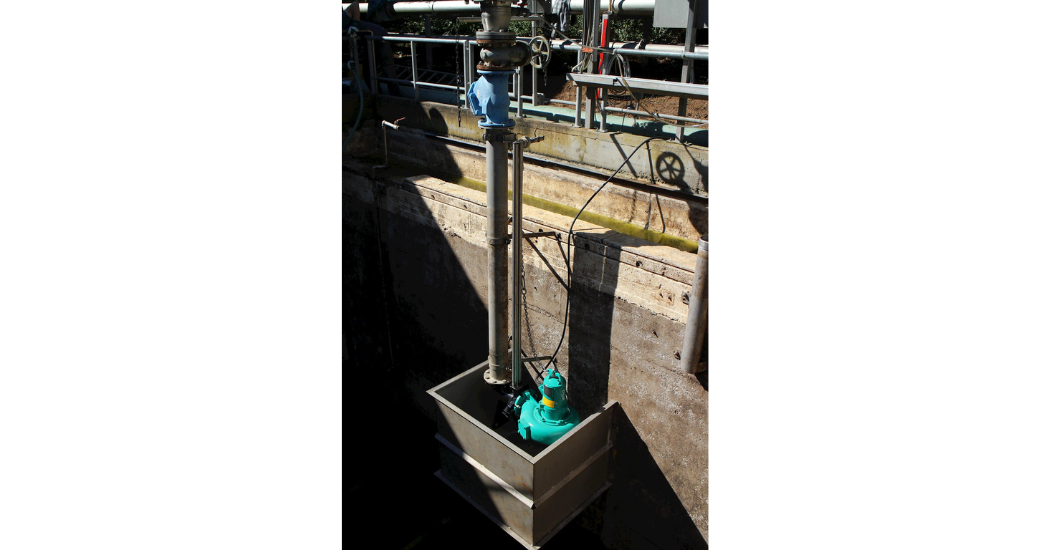
The ABB variable speed drive controls the motor of the recirculation pump at LFKW (Photo: iswa.uni-stuttgart).
The pump cleaning function in the ACQ580 consists of a programmable sequence of forward and backward rotations to loosen and remove deposits from the pump impellers and piping. It prevents blockages, making the need for manual cleaning less frequent.
The drive starts the cleaning process by applying a pulse in the direction opposite to the operating direction. The duration of the cleaning pulses are the same in both positive and negative direction. Several cleaning pulses in the positive and negative direction can occur within the same cleaning sequence.
Variable speed drives that ensure secured flow of wastewater
The ACQ580 operates the pumps motor at a frequency of 48 Hz. The target is a constant flow rate of approximately 20 l/sec, as a uniform recirculation rate is important for the process. The flow rate should be kept constant to achieve a high denitrification rate.
Since the ABB ACQ580 has been in operation, it is clear that the self-flushing of the pump is working again. The flow rate decreases slightly at constant speed over the course of the day and increases again after cleaning.
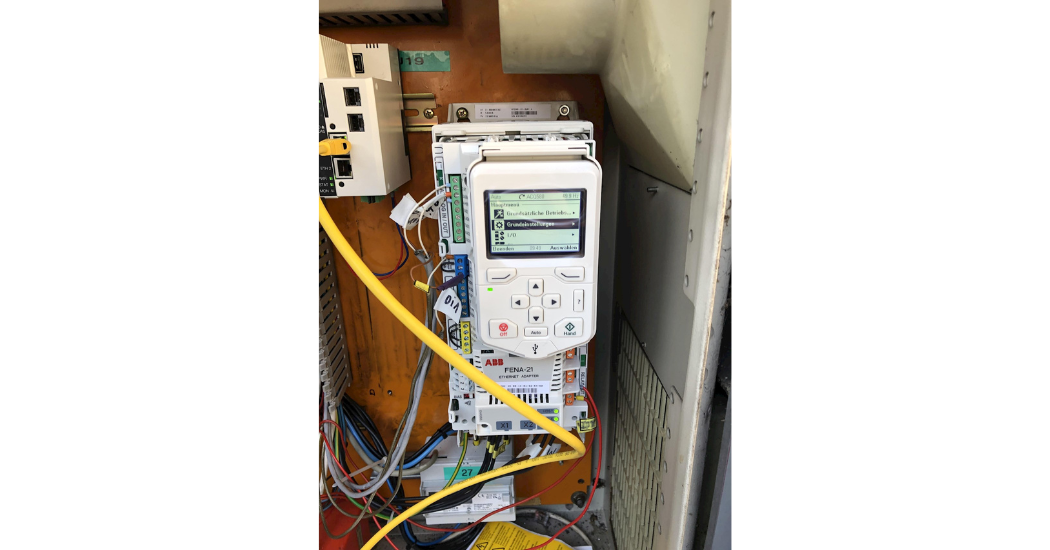
Ever since the installation of the ACQ580 variable speed drive, the pump has been running trouble-free (Photo: ecosmart Energy GmbH)
The figure 1 shows how the trouble-free operation works. The pump operates at a constant speed and the drive monitors the power consumption. The pump is usually reversed once a day. If increased power consumption values start to appear the drive stops and runs an automatic cleaning program, and then restarts at the set point speed. In trouble-free operation, the flow rate at constant speed is the same before and after flushing. Flushing is performed depending on the pollution. So, in the example shown, flushing was run twice on November 3, 2021, and once a day on other days.
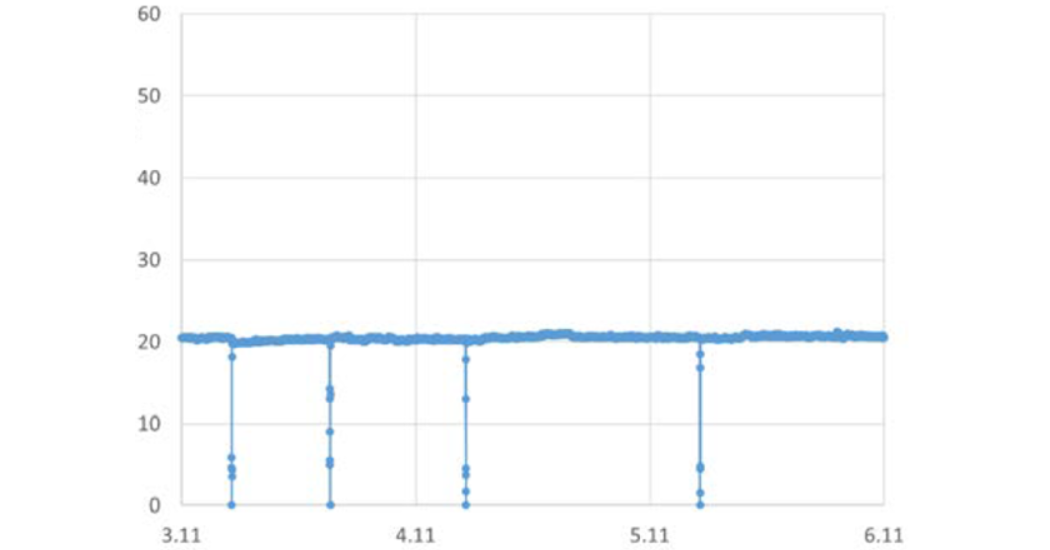
Figure 1: Normal operation (graphic: iswa.uni-stuttgart).
If increased pollution occurs, the delivered flow rate fluctuates at a constant pump speed. This can be caused by deposits in the pump chamber, in the wear rings of channel impellers or in the suction or pressure nozzles. Figure 2 shows one such example. After flushing, the flow rate increases and then steadily decreases. Then the circuit is flushed, and the pollution is rinsed out. This causes the pump to deliver more water again at the same speed.

Figure 2: Operation with increased cleaning effort (graphic: iswa.uni-stuttgart)
Figure 3 shows 24-hour cycles without heavy pollution on December 10 and 11, 2021. On December 13, the flushing program is started, but the pump does not immediately deliver the desired flow rate, since dissolved pollution needs to be rinsed out. The pump will not deliver the expected flow rate until it has fully rinsed everything out.
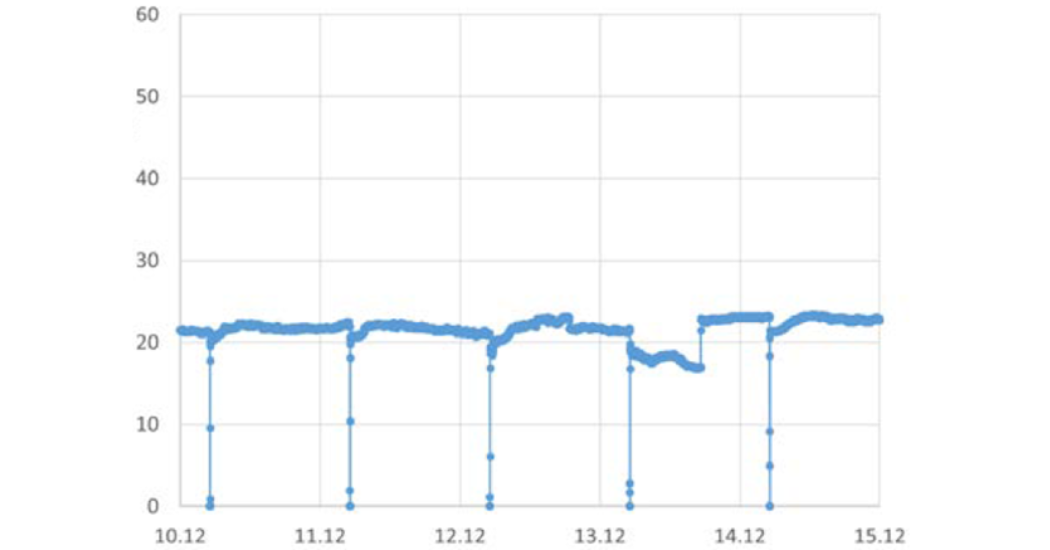
Figure 3: Increased cleaning effort (graphic: iswa.uni-stuttgart).
The results show operation at a constant rotational frequency. That’s why the flow rate fluctuates. If the pump is operated with rotational frequency control and a fixed flow rate, the comparable effect can only be detected in the power consumption and the speed (frequency).
Smooth pumping
A dual-channel impeller pump at LFKW that pumps recirculation water from the aeration basin to the denitrification basin has seized repeatedly in the past as a result of pollution, resulting in total pump damage. Since the installation of the ABB ACQ580 water and wastewater drive with built-in pump cleaning functionality, the pump has been running trouble-free and with low wear. Overloads did not occur, and bearings no longer needed replacement. The experience gained at LFKW can be transferred to all wastewater treatment plants. If there is a risk of clogging, clogged areas can be loosened using the pump cleaning function of the drive, and doing so will not block the pump either on the suction side or on the pressure side.

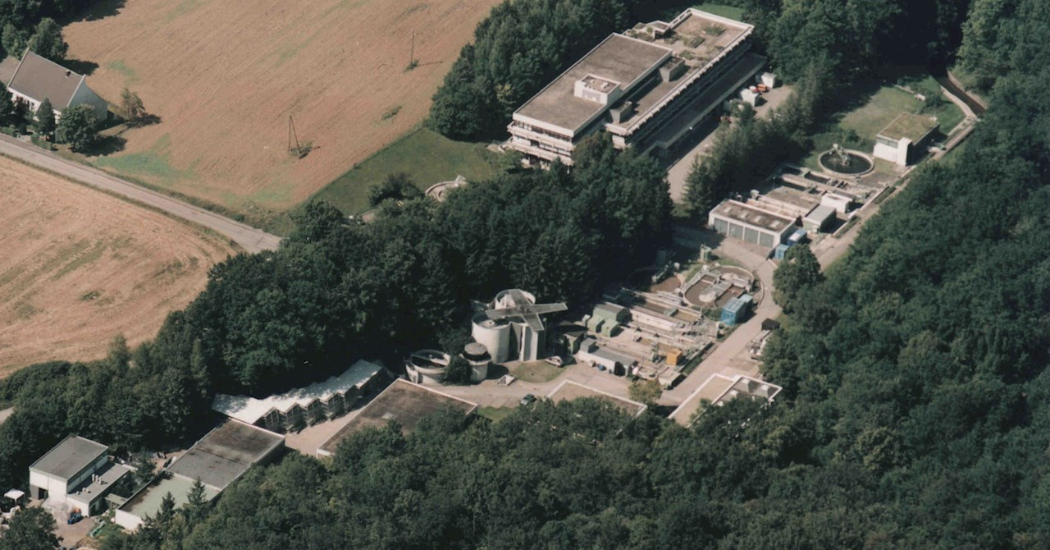



Comments